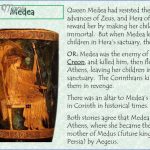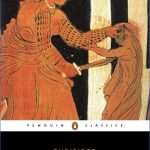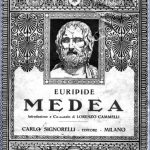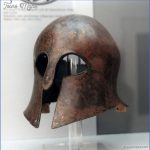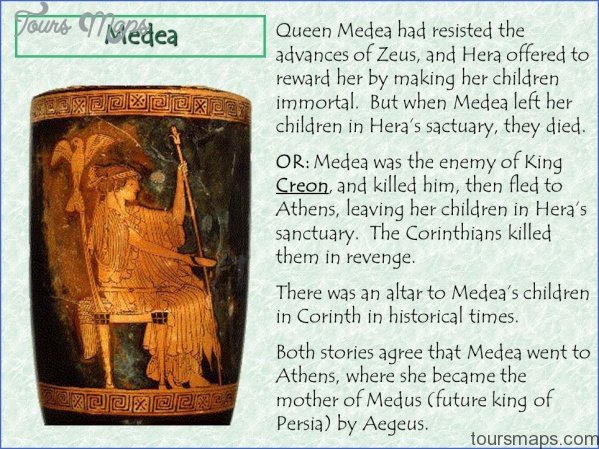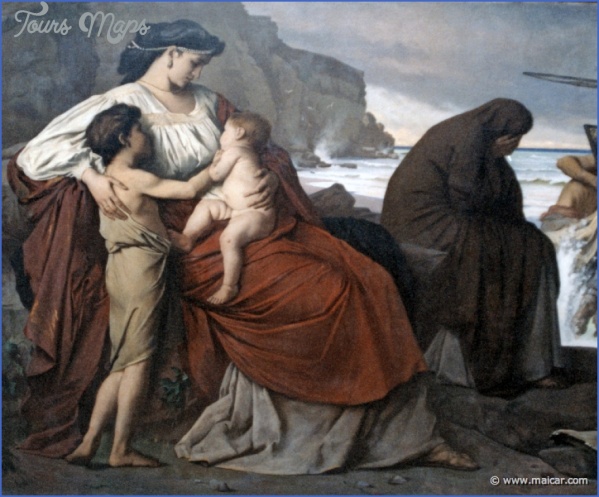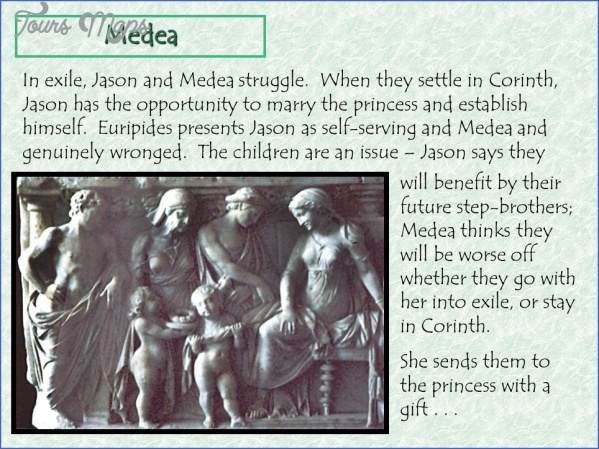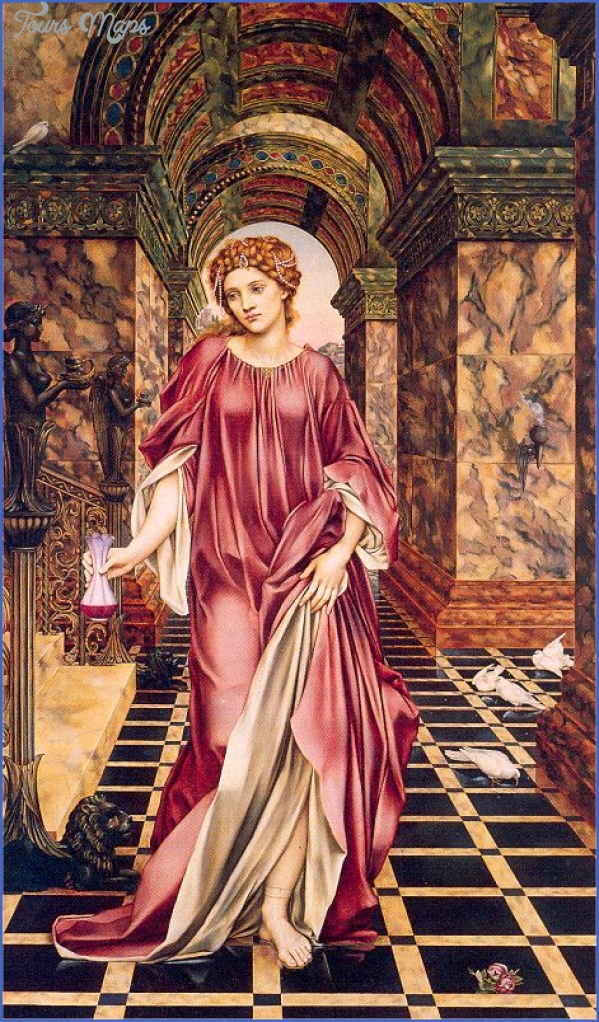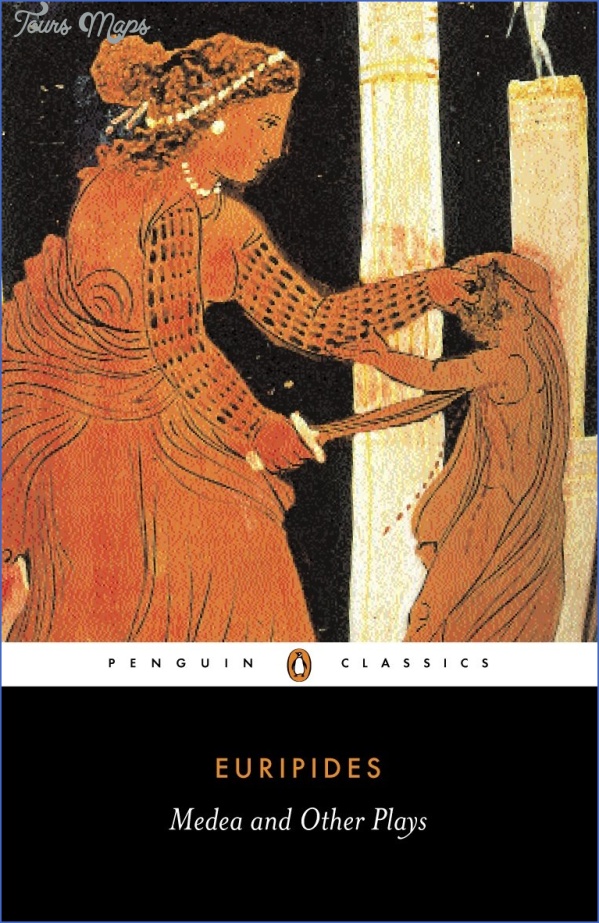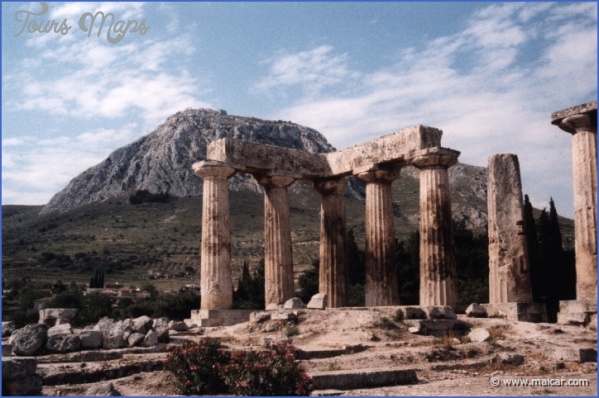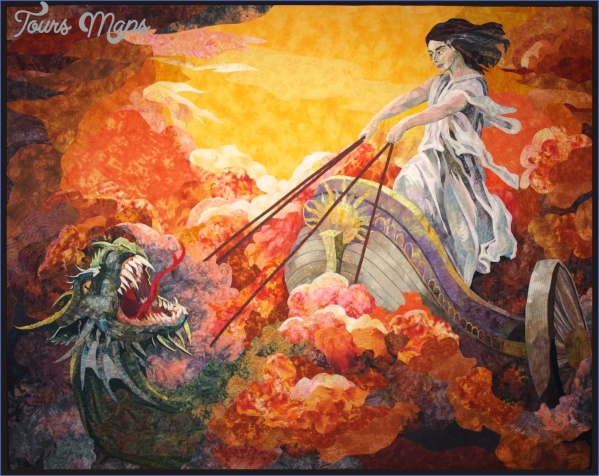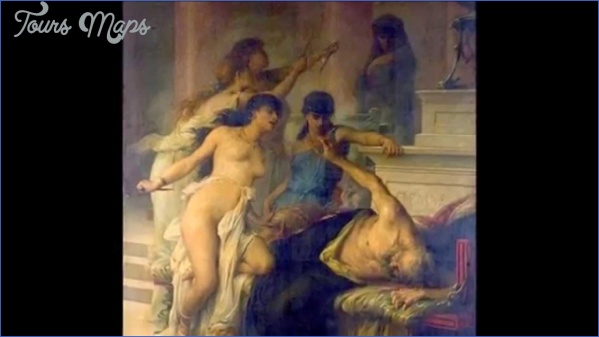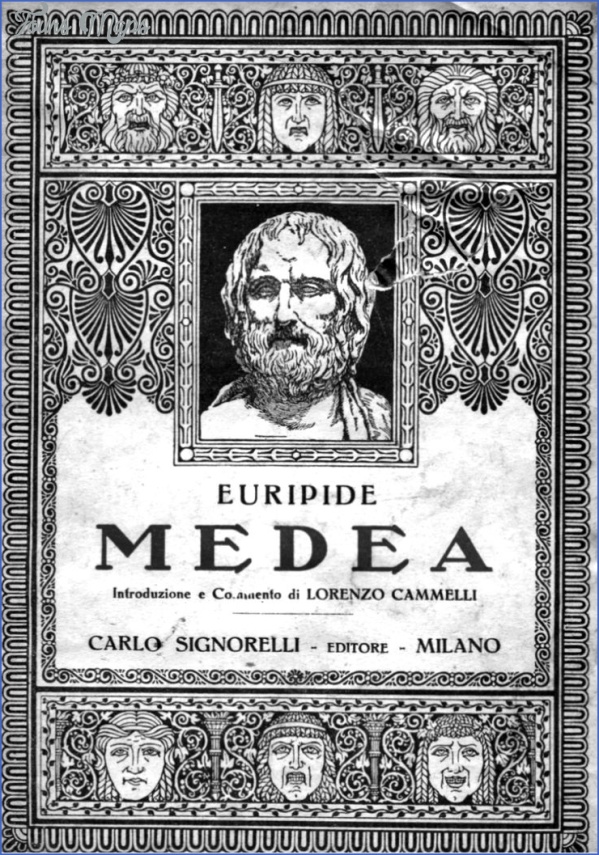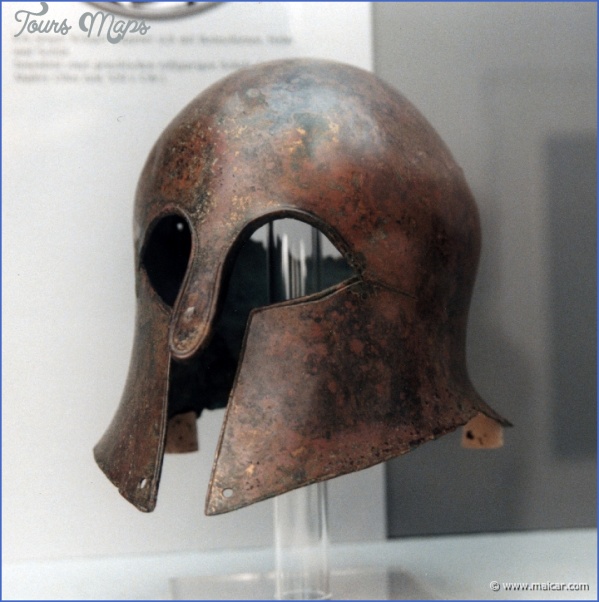The story of Jason, sent from Iolcus to retrieve the Golden Fleece, and his wife Medea, also unfolds in Corinth. In the most well-known version, shortly afer their return to Greece the couple were exiled to this city with their two sons, when Medea engineered the death of Jason’s uncle, the gullible Pelias, at the hands of his own daughters.
Medea, Queen of Corinth Photo Gallery
But in Corinth, King Creon offered Jason his daughter Glauce’s hand in marriage. To the now-destitute hero, it seemed a golden opportunity. Soon it was the talk of Corinth – in his tragedy Medea, Euripides describes old men gossiping about it as they play backgammon at the Fountain of Peirene. Incensed, Medea took revenge, killing Glauce by giving her a dress smeared with poison, which tore like acid through her flesh – and Creon’s, too, when he went to Glauce’s aid. Then Medea butchered her own sons. As Jason came running out too late to save them, Medea soared into the sky on a chariot drawn by serpents, lent by her grandfather Helios. Denying Jason even the chance to bury his dead children – she would bury them herself in the sanctuary of Hera on the headland at Perachora on the far side of the Corinthian Gulf – she made for Athens and the protection of its king, Aegeus.
But the Corinthians knew other, older myths, linking Medea even more closely with their past. In one she is (like Tyro) a serial child-killer. According to Pausanias, once when they had no king: the Corinthians invited Medea from Iolcus and granted her the throne. Thanks to her, Jason ruled in Corinth. As soon as her children were born, Medea took them to the sanctuary of Hera where she buried them, believing that if they were buried there they would become immortal. In the end, she discovered that her hopes were unfounded, and at the same time she was found out by Jason. She begged him to forgive her, but he refused and sailed back to Iolcus. Because of this, Medea, too, sailed away and bequeathed the kingdom to Sisyphus.
Medea’s motives here are strikingly different, welcome reminders of the fluidity of Greek mythology. In fact, two mutually contradictory versions existed side by side. Pausanias also saw in Corinth the Spring of Glauce, into which the princess jumped in the belief that its waters would reverse the effects of Medea’s poisons. Close by was a memorial to Medea’s sons, killed not by their mother (a version probably invented by Euripides), but ‘stoned to death by the Corinthians, they say, because of the gifts they brought to Glauce. Because of their violent and illegal killing, the boys caused Corinthian new-borns to die until, following an oracular command, yearly sacrifices were instituted in their honour and a female statue set up, representing Terror. It is most chilling and still exists today. ’
Maybe You Like Them Too
- Theseus & Peirithous
- The Voyage of the Argo Begins
- Minos, his Loves & his Family
- The Centaurs
- Athens in History & Today

